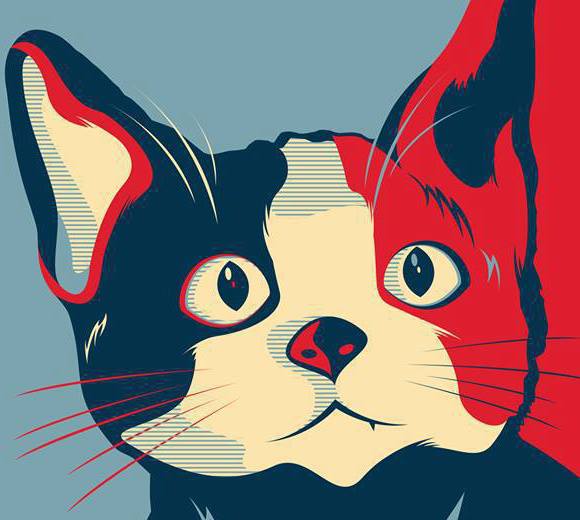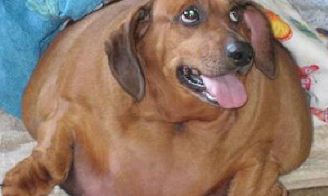
El Candigato Morris. Image from Candigato’s Facebook page.
Morris, a feline resident of the Mexican city of Xalapa, is standing for election in his hometown.
Sergio Chamorro, owner of the political pussy, explained that the cat standing for mayor started as a joke between friends but the widespread disenchantment with leaders has resulted in it becoming something a bit more serious. The cat has grown to stand as a symbol of people’s rejection of the leaders, he is essentially saying ‘we don’t care who wins’.
He said: “Morris has become an expression of how fed up people are with all the parties and a political system that does not represent us.”
The cat has garnered a huge following on Facebook with his ‘Candigato’ (gato means cat in Spanish) page receiving over 130,000 ‘likes’, a significant number more than the other candidates in the election.
A range of artwork and campaign propaganda has sprung up around the cat, including t-shirts with the ‘YES WE CAT’ slogan emblazoned on them in style of US President Barack Obama’s ‘Yes we can’ campaign. However, his first campaign slogan was: “Tired of voting for rats? Vote for a cat.”
Chamorro added that the whole thing has taken on a life of its own: “The truth is that Morris no longer belongs to us. He belongs to his fans.”



